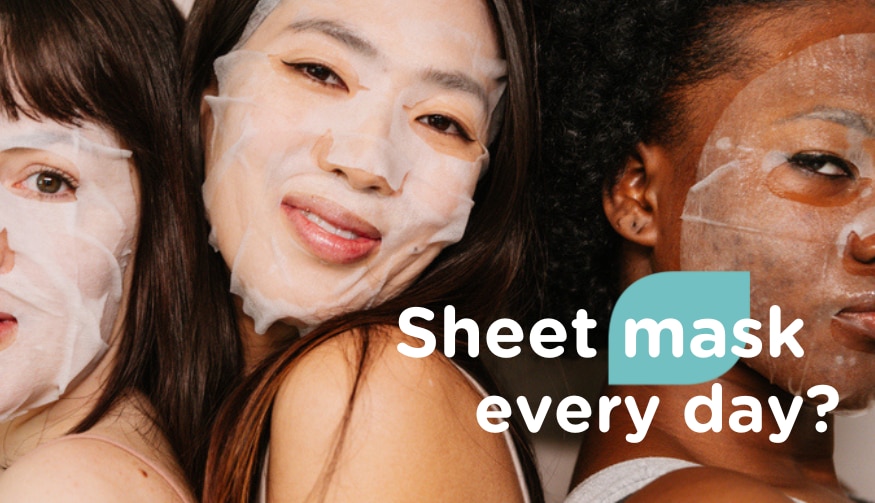The words ‘clean’, “sustainable’ and ‘organic’ beauty are tossed around so often that can be rather confusing to navigate. Now let’s clear up the difference between ‘clean’, “sustainable’ and ‘organic’ beauty in this article.
Clean beauty
Clean beauty is a skincare product that fits two criteria, non-toxic and sustainable. Essentially, it means that you can use a product without risking your own health.
The term ‘clean’ refers to products that are mindfully created and formulated only with safe, non-toxic ingredients (natural and/or synthetic). Unlike organic beauty, clean beauty doesn’t shy away from synthetic or lab-created ingredients.
The major problematic ingredients to avoid include hydroquinone, triclosan, quaternium-15, chloroacetamide, triclocarban, phthalates, o-phenylphenol, borates, methylene glycol & microplastic beads.
Sustainable beauty
Sustainable beauty means that the products are safe for people and the planet. Being accountable for the ingredients isn’t just making sure they’re of a high quality and sourced well. It is also thinking about the long-term impact of the ingredients and their impact on the environment – from sourcing, manufacturing, packaging and selling.

Organic beauty
When you see the “organic” label on beauty products, what exactly does that mean? It means that ingredients are organically farmed. Spotting a USDA Organic seal is ideal since that means the product contains at least 95% organic ingredients. And the Soil Association is the best known, and arguably most trusted certification board in the UK. To obtain the certification, at least 95% of the ingredients (including water) have to be organic.











